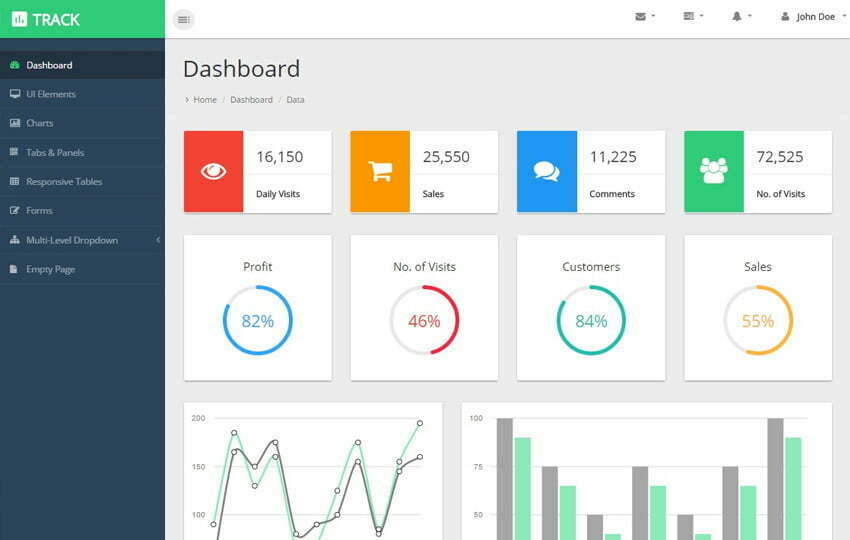This practice is sometimes called “ progressive disclosure”. Make your form usable without a mouse. It should always be possible for the user to fill out and submit your form using only the tab and enter keys.
If your form requires mouse clicks at any point, remember that this will make your site or app unusable for some people. Web forms are critical for converting users into customers, so you want to make yours easy-to-use, professional, and sleek.
In this guide, we’ll review practices you can use to design a great form, including the importance of web form user interface ( UI ) design, mobile form design, and call to action (CTA) design. You can do so with instructions — “fill out this form so we can mail you a free gift” — or with the UI itself. Put messaging into buttons.
For example, if your form signs people into a service, say “join us” instead of merely “submit. Keep messaging short. People who’ve decided to fill out the form often gloss over instructions. Try to keep the promise to one sentence.
Welcome to the second half of our ultimate guide to form design! And thus, without further ado, when designing usable and useful mobile forms, please consider these practices. Minimise the forms. Before you even get into the details of your forms, ask yourself: “Is this form really necessary?
If you hesitated while answering that, re-think the purpose of the form. As they become more acquainted and become regular users, they begin to trust the product more and more, which is a reflection of the consistent design. To provide users with a consistent UI, here are five best practices I’ve found useful for everyday design.

Best practices to design great mobile app forms. Best form UI components: kits for effective forms. Prototype and test forms.

The best design solution for any given form depends on many factors: the length of the form, the context of use, and the data being collected. The exact implementation you should use may vary in certain circumstances, but this is no excuse for ignoring guidelines altogether.
Instea use these recommendations as a starting point, and if you stray from these established best practices make. Well, the best overall solution I’ve come across that can get you there as quickly as possible is Ninja Forms. Outside of being a government form, the design of the bottom form is not made for the user but for the administrator. That’s not your job.
Your job is to make things as frictionless for the user as possible. And one of the best ways to do that is to cut out anything that’s not absolutely necessary.
Here is a guide to help you build better long format forms, applications, or information requests… Sign in. Best UX Practices for Designing Long Online Forms. In a long user form with many steps, it’s important to give users some peace of mind by clearly showing their progress. It works easily both on desktop and mobile.

Forms are the language of communication with the user. Like any dialogue, it should help the parties complete the exchange in a logical way.
Multi-column forms can easily be missed by users and cannot be filled out. The single- form form has a single, direct, and relatively efficient path.
Form validation is the technical process where a web- form checks if the information provided by a user is correct. The output of this process is emotional rather than technical. The form either points out that the user made an error, or assures that the provided data is accurate.
Do your website forms follow usability best practices ? Best Practices for Web Form Design.
Commentaires
Enregistrer un commentaire